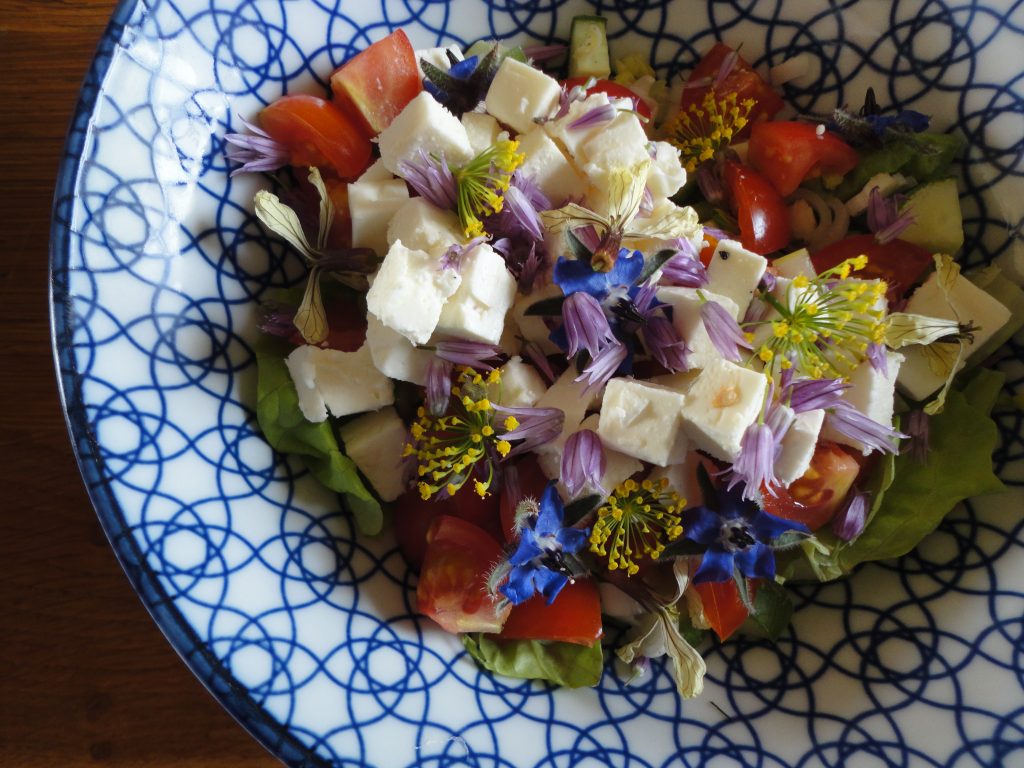The flavour of wild goose goes well with peppers. This spicy stew is adapted from a recipe for beef stew from ‘Original Flava’
INGREDIENTS:
- 2 goose breasts, around 450g meat, cut into 3cm chunks
- 1/2 tsp salt
- 1 tsp ground black pepper
- 2 tsp ground allspice
- 2 tsp dark soy sauce
- 1 tbsp flour
- 2 tbsp olive oil
- 1 onion, finely chopped
- 1 green pepper, finely chopped
- 4 cloves of garlic, finely chopped
- 1/4 tsp scotch bonnet pepper paste
- 150ml stock
- 150ml Guinness or other stout
- 2 tsp dried thyme
- 2 large carrots, thickly sliced
- 250g baby potatoes, cleaned. Cut large potatoes into chunks.
METHOD:
- Put 1 tbsp olive oil in a plastic container with the diced goose breasts, salt and pepper, the allspice and soy sauce and mix together. Leave in the fridge overnight.
- In the morning, stir in 1 tbsp flour, and let that soak up any spare liquid.
- Heat olive oil in a casserole pan, and fry the meat until it is browned. Remove from the pot and set aside.
- If necessary, add another splash of oil and fry the onion, garlic and peppers until they are really soft.
- Add the Guinness and stir, to get anything stuck from the bottom of the pot mixed in.
- Add the beef, beef stock, scotch bonnet paste, thyme and simmer for around 1 1/2 hours. I do this in a low oven, around 150C.
- Add the potatoes and carrots, and simmer for another 20 minutes, until the potatoes and carrots are cooked.
Serve with white rice. The first time of trying, I added extra potatoes and didn’t add the rice, and it was a full meal in one pot.
